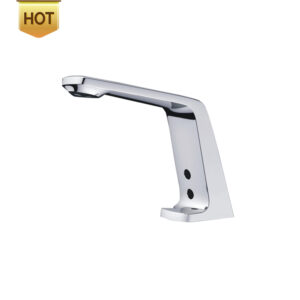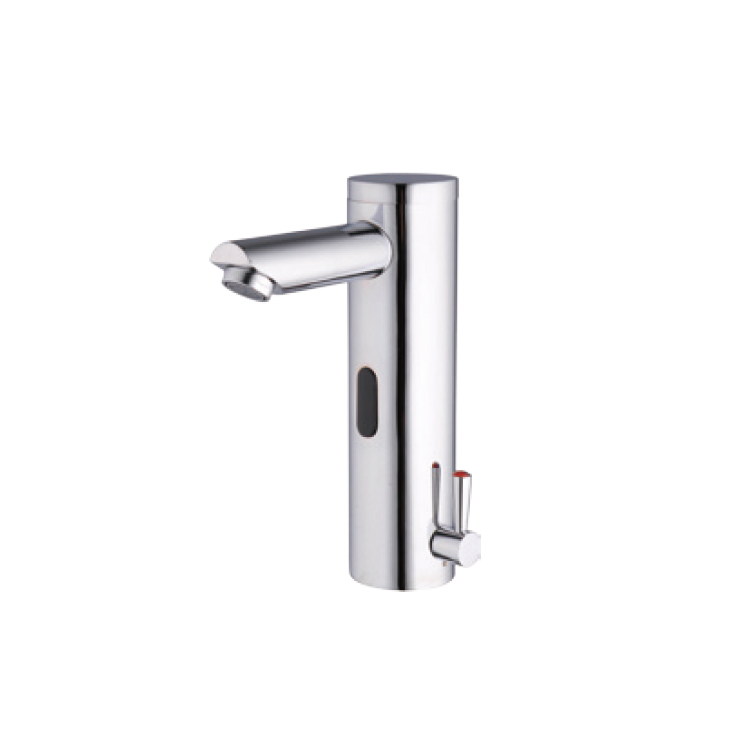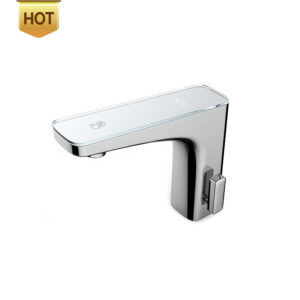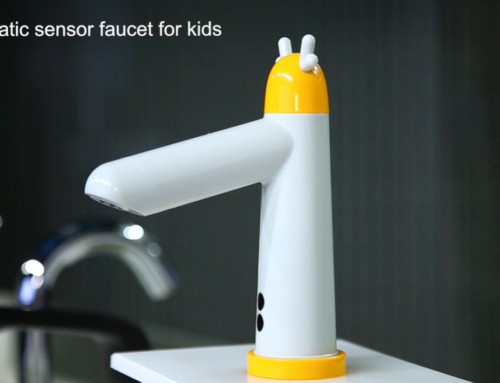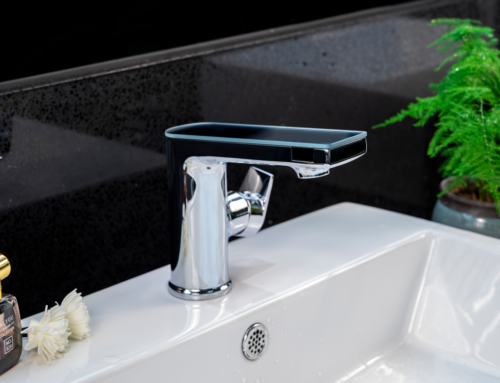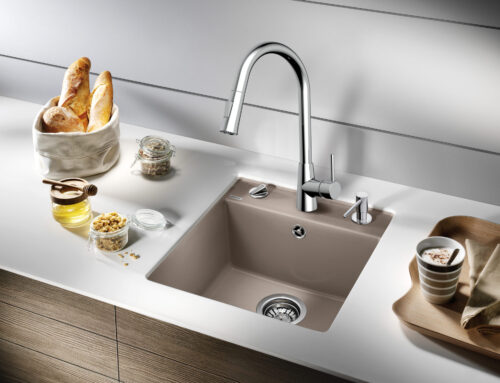As more and more people focus on hand-washing and hygiene, the benefits of sensor faucets are becoming clearer. No contact with the faucet helps avoid contact with the germs that are collecting on the faucet. This helps keep hands cleaner and families healthier.
But many people have only experienced sensor faucets in public places and not know much about the application and may have some misunderstandings.
#1: Sensor faucets require frequent battery changes
Sensor faucets are usually powered by alkaline batteries or AC power. Rajeyn sensor faucets allows alkaline batteries and AC power supply switch automatically. Alkaline batteries works as a backup when power off. A blinking red light on the sensors lets you know when it’s time for a battery change.
#2: The temperature cannot be adjusted on sensor faucets
In public places, most sensor faucet models are without temperature control. However, there are also sensor faucets with a small lever on the side that allows for easy temperature adjustments. Rajeyn provides many choices.
#3: Sensor faucets are only for public places
More and more schools, malls and offices adopt sensor faucets, not only because they promote hygiene but also because they reduce water consumption and save energy. This is creating demand for private home use as well. Rajeyn offers a wide range of sensor faucets including dual-sensor faucets with temperature displaying especially designed for home use.

